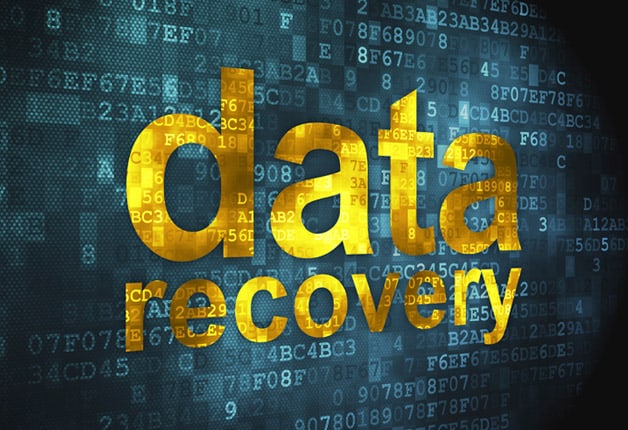You may not believe this at first, but geography can be essential to the integrity of computer systems. If your company experiences a local disaster, where you house your backup data becomes imperative. The following computer backup solutions illustrate the three location-specific types, each with pros and cons.
On-Premise
Implementing an on-premise backup is a simple way to establish a local backup data repository. These backups are straightforward to put in place and can be saved to external hard drives, flash drives, tapes, or other electronic media. Computers can be programmed to back up files automatically or manually. We recommend systematizing the process and establishing a backup schedule that meets your company’s data recovery requirements.
Offsite
Some businesses perform an offsite backup daily or weekly to a removable media device and then transport it to a separate location. It is important to store your data in more than one physical location should something happen at the primary office to compromise the integrity of the local backups. While this may seem arduous and time-intensive, offsite backups protect against theft, fire, or other natural disasters that could otherwise compromise your business.
- Cloud-Based
Utilizing a reliable internet connection, cloud-based services automatically back up data from your local systems to remote servers over secure, encrypted connections. Depending on the options selected and how they are configured, some cloud-based backup solutions can also be programmed to save a second copy of data to a local data repository. This gives a company the best of both worlds (on-premise and offsite through the cloud) and provides peace of mind that all of your digital data is safe and available in case anything happens to your computers.
Which of These Backup Solutions Is Right for You?
| On-Premise | Offsite | Cloud-Based |
System Requirements | Backup host computer, backup software, external hard drive(s), tapes, or other electronic media | Backup host computer, backup software, removable media | Software subscription, reliable internet connection |
Cost & Fees | Higher initial out-of-pocket cost for backup software and backup media | Higher initial out-of-pocket cost for backup software and removable backup media; Occasional purchases of additional removable media (depending on retention policy) | Monthly fee varies based on number of machines to backup and amount of data |
Time to Manage | After initial setup, the system is programmed to back up files automatically but user monitoring is required to audit process | Manual backups can be performed anytime | After initial setup, the system is programmed to back up files automatically; Full monitoring available |
Data Accessibility | On-premise only | Must be retrieved from offsite location | Available via secure credentials anywhere internet connection is available |
Data Encryption | Limited by hardware and software | Limited by hardware and software | Full data encryption |
Synchronization | Can be programmed to execute backups frequently — hourly, daily, weekly, etc. | None; Remote media transfers handled manually | Can be programmed to execute backups frequently —continually (in some cases), hourly, daily, weekly, etc. |
Risk & Liability | Single location point of failure | Removable media could be lost, stolen, or dropped/corrupted in transit | Retrieval of data unavailable during internet outages (unless local copy also configured) |
At Anderson Technologies, the backup solution we most frequently recommend is a cloud-based solution that has the ability to perform a “dual-destination” backup. Clients have on-premise recovery options as well as cloud recovery in the case of complete office loss due to fire, flood, or other natural disasters.
If you’d like to consult with one of our specialists about your backup system needs, please call us at 314.394.3001 or send an email to sales@andersontech.com.




